One of the things that really impressed me about Dark Sun and Morrowind, and which are a great part of the inspiration they have on Planet Kaendor, are the very unique wildlifes that inhabit these settings. They are creatures that look very different from the animals that are common in Europe or even outright alien to anything that can be found on Earth. It’s one of the things that makes these settings feel like alien worlds instead of alternative versions of Earth, and something that’s found in others of my favorite settings like John Carter’s Barsoom, or the old videogame Albion.
The wildlife on Planet Kaendor is dominated by giant reptiles and many kinds of huge arthropods. Some well known ones like crocodiles and snakes don’t seem to stand out too much, I think, but most of them are loosely based on obscure extinct animals that your average four-year-old won’t be able to name in under a second. I want to avoid animals that feel immediately like being specific to Europe and North America, so there are no wolves, bears, or boars, and also no horses, cows, or ducks. I’m also avoiding spiders and scorpions, but I am making some concessions to deer and antelopes, as well as various kinds of weasels. (Because weasels are cool.)
I am writing under the assumptions that my next campaign will be using the Forged in the Dark rules from Blades in the Dark, which don’t really assign specific stats to NPCs and creatures. But in some cases it’s useful to have some number to judge the relative strength of beings the PCs are facing, to determine the specific effects and consequences of a confrontation with them. I use quality as primarily a measure of skill in a fight, which can be relevant to judge the severity of injuries if PCs get hit by them. It’s also an important number for rolls when a PC tries to lead them into battle against an enemy. Scale is simply an estimate of a creatures total mass. It’s usually used to estimate the size of groups of people, but also seems useful for particularly big creatures. It can serve as a guideline for how much effect common attacks by PCs have on a creature. A relatively small insect could easily be killed with a single kick, while much more massive creatures would barely notice getting hit by arrows. Ratings go from from 0 to 6, but these are purely ordinal numbers. They indicate which creatures are more or less dangerous, or larger or smaller than others, without stating specifically how much.
Arag
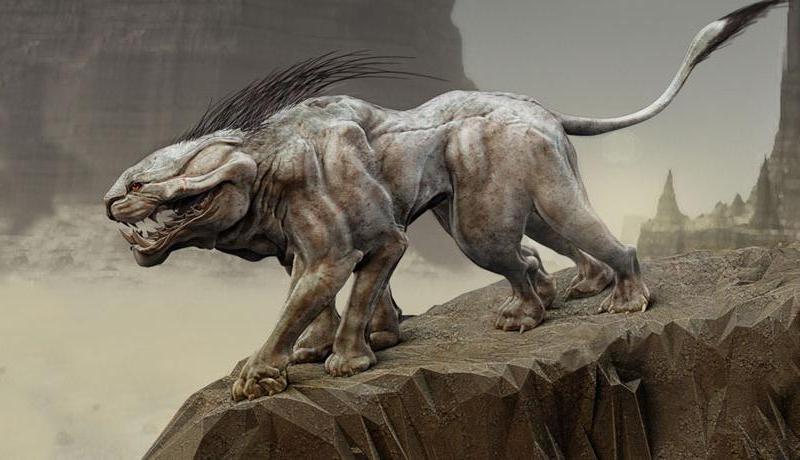
(quality 1, scale 2)
This common predator is found throughout the known forests and mountains. It’s about the size of a very large dog, with a big head that resembles both a lion and a fish. The hide of an arag resembles a snake with a gray-brown coloration that sometimes has greenish streaks that help it blend in with the environment. Arags hunt in small packs that generally stay away from settlements, but can be very dangerous when they attack small groups of travelers in the wilderness.
Burak
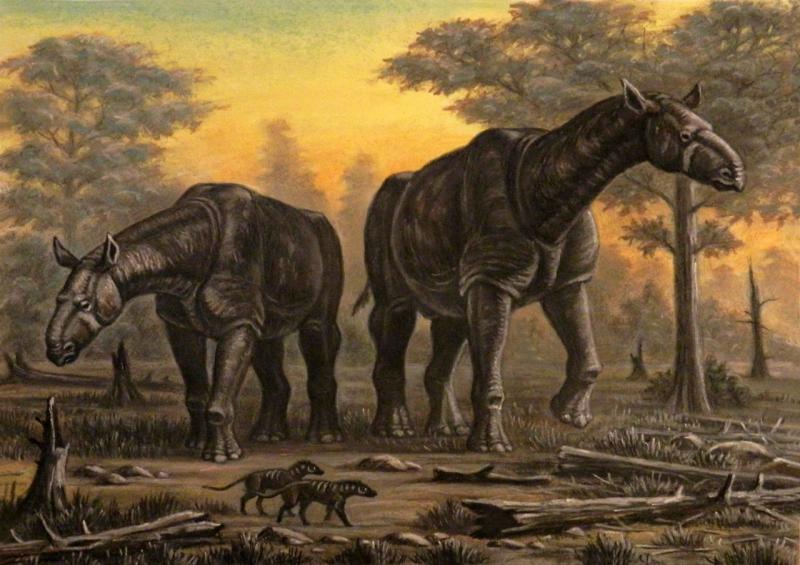
(quality 3, size 6)
The burak is a giant behemoth that has some resemblance to a rhinoceros, a horse, and a giraffe that towers about anything else moving through the forests. Because of their massive size buraks have very few predators and generally ignore other creatures unless they are guarding a nest or recently hatched young. While nesting, pairs of buraks while share the guarding of the nest while the other goes off to forage for food. Once the young are hatched, families rejoin small groups of up to a dozen adults. While some buraks have been captured alive and tamed to some degree, nobody has ever had any success with training one.
Droha
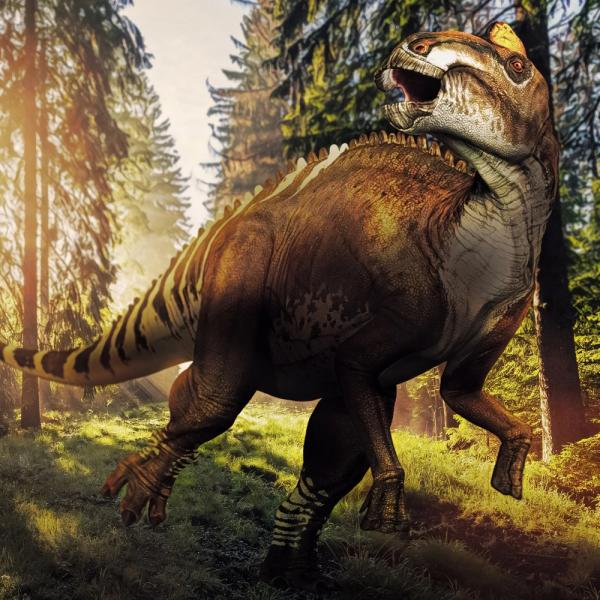
(quality 2, size 3)
Drohas are large four legged reptiles that somewhat resemble very big and heavily build camels. They are primarily found in the south, where they can often roam in large herds across the open swamps and heaths, but can also be found in smaller numbers all the way up to the shores of the Misty Sea. Drohas are relatively easy to capture and train, and are one of the most common pack animals both among the city states and wilder tribes. They are not particularly fast compared to other mounts, but can carry huge loads over long distances.
Gira
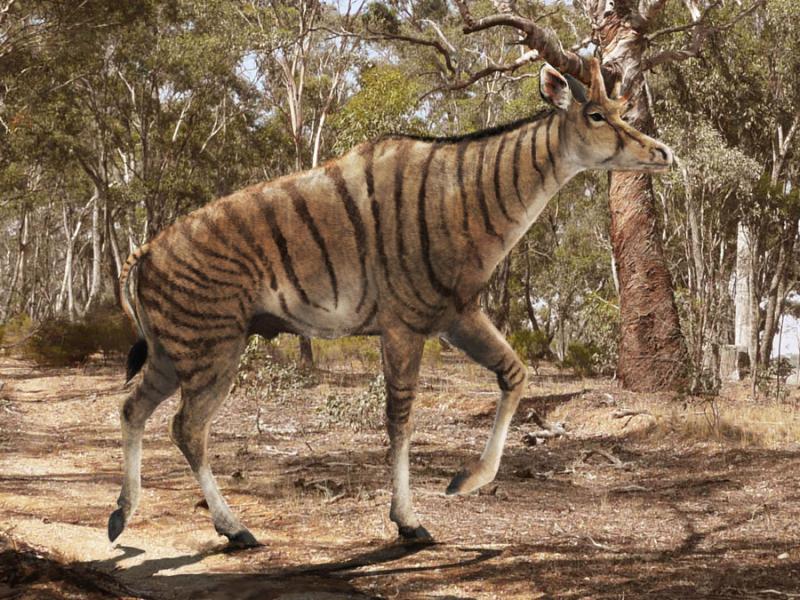
(quality 2, scale 4)
This huge animal resembles antelopes, giraffes, and horses and is the largest mammal to be found anywhere in the forests of Kaendor. While larger and stronger than drohas, giras are more difficult to train and not very popular as either mounts or pack animals.
Gren
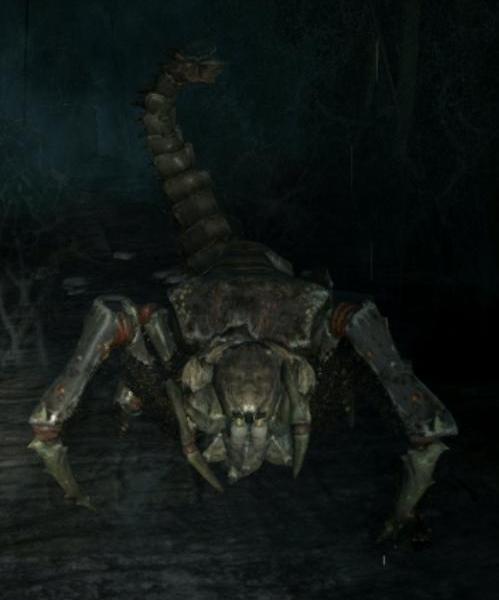
(quality 1, size 1)
Gren are large, four legged arthropods that resemble crabs and spiders. They primarily live in large burrows under the forest floor, but sometimes also make their nests in caves higher up in the mountains. Grena can grow as high as a man’s waist and often hunt in groups to take on prey significantly larger than themselves. A gren’s bite can kill either by blood loss or poison.
Heor
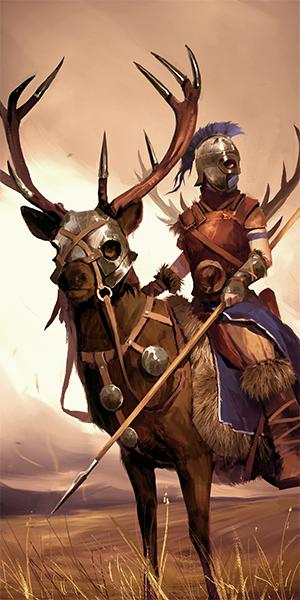
(quality 1, size 2)
The heor is a powerfully build deer found throughout the northern forest and roaming the heaths of Venlat. Like all deer, a heor can be quite skittish, but it’s large enough to carry a rider even across difficult frozen ground. Domesticated heors are calmer than those found in the wild, and have been bred with shorter antlers to decrease the risk for riders, but they are still not easy animals to train and control. This makes them somewhat rare as mount, but they are highly prized for messengers and scouts.
Huliar
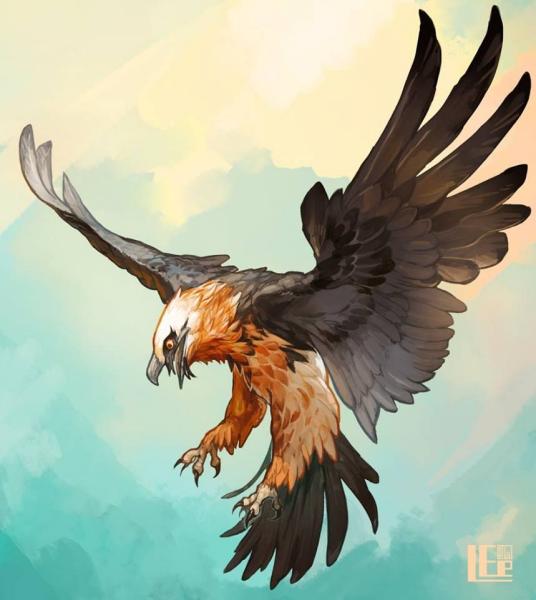
(quality 3, size 2)
This large feathered reptile is found in many parts of the Mountains of the Moon and the Mountains of the Sun. The huliar is a dangerous predator that makes its home far from civilization, but its size and intelligence makes it an exceptionally valuable mount, as well as an exceedingly rare one. Huliar’s can have a wide range of coloration, which come in various patterns of orange, yellow, red, black, and gray feathers.
Kerik
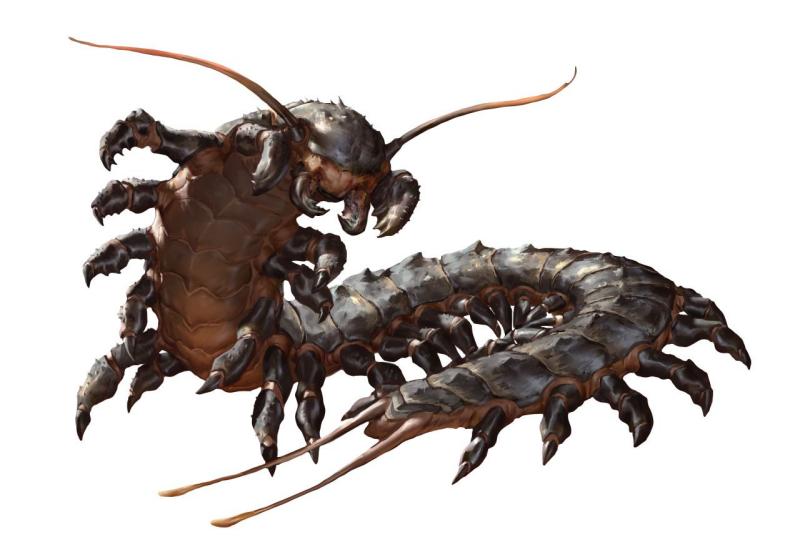
(quality 1, size 2)
Keriks are giant centipedes that grow up to three yards in length and are found throughout all forest, as well as many mountain ranges and islands. They are ambush predators that mostly feed on small animals, and their large size is mostly for defense. But they can be very aggressive when threatened by other creatures that are getting too close for them and have a very painful poisonous bite. Fortunately, keriks are not particularly fast runners and rarely pursue fleeing enemies for more than a few paces.
